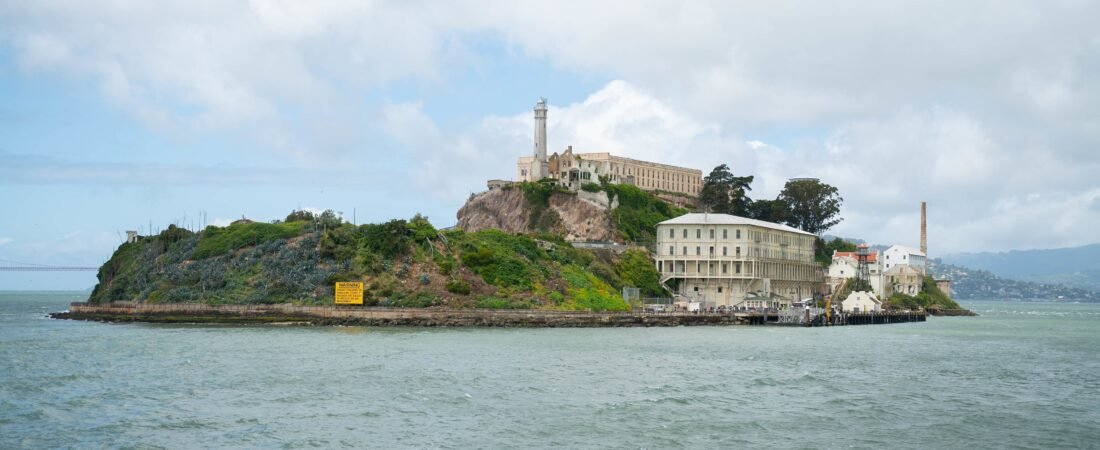On May 4, 2025, President Donald Trump announced plans to rebuild and reopen the Alcatraz Federal Penitentiary, a former maximum-security prison on an island in San Francisco Bay, closed since 1963. In a Truth Social post, Trump directed the Bureau of Prisons, alongside the Department of Justice, FBI, and Homeland Security, to transform Alcatraz into an expanded facility for “America’s most ruthless and violent offenders.
The Historical Legacy of Alcatraz
Alcatraz Island, 1.25 miles off San Francisco’s coast, has a rich history. Named La Isla de los Alcatraces (Island of the Pelicans) by Spanish explorer Juan Manuel de Ayala in 1775, it served as a military fort in the 19th century before becoming a military prison. In 1934, the U.S. Department of Justice converted it into a federal penitentiary, known as “The Rock,” to house high-profile inmates like Al Capone, George “Machine Gun” Kelly, and Robert Stroud. Its reputation as escape-proof stemmed from its isolated location and strong bay currents. Of 36 men who attempted 14 escapes, most were recaptured or killed, though the 1962 escape by John Anglin, Clarence Anglin, and Frank Morris remains a cultural touchstone.
The prison closed in 1963 due to high operating costs—$10 per inmate daily compared to $3 at other facilities—driven by the need to ship all supplies, including water, to the island. Deteriorating infrastructure also contributed. Since 1972, Alcatraz has been part of the Golden Gate National Recreation Area, managed by the National Park Service (NPS), drawing over 1.4 million visitors annually.
Trump’s Proposal
In his Truth Social post, Trump described the reopening as a response to violent crime, positioning Alcatraz as a “symbol of Law, Order, and JUSTICE” to house dangerous offenders. On May 4, 2025, he told reporters the plan addresses challenges posed by judicial processes for deportations and aims to deter crime and illegal immigration. The proposal involves expanding the facility, though no specifics on capacity, design, or timeline have been provided. The Bureau of Prisons has pledged to follow presidential directives, but no detailed plan has been released.
Challenges
Reopening Alcatraz presents significant challenges that raise questions about its feasibility.
- Infrastructure – Alcatraz’s 1963 closure was driven by high costs and crumbling infrastructure. Rebuilding an expanded, modern facility would require substantial investment in utilities, transport systems, and compliance with current prison standards. The island’s isolation necessitates ferrying all supplies, a factor in its original closure. The Bureau of Prisons, facing staffing shortages and facility issues nationwide, would need significant funding, likely requiring congressional approval, which is yet to be secured.
- Jurisdiction – Alcatraz is currently managed by the NPS, not the Bureau of Prisons. Converting a national park into a prison would require legislative action to transfer control, complicating the process given the island’s role as a tourist destination generating $20 million annually and supporting 100 jobs. The NPS has not commented on the proposal as of May 5th, 2025.
Final thoughts
Trump’s call to reopen Alcatraz taps into its status as an inescapable prison, but significant obstacles cost, infrastructure, jurisdiction, and competing priorities—challenge the directive. The proposal resonates with those prioritizing law and order, but its economic implications remain contentious.
